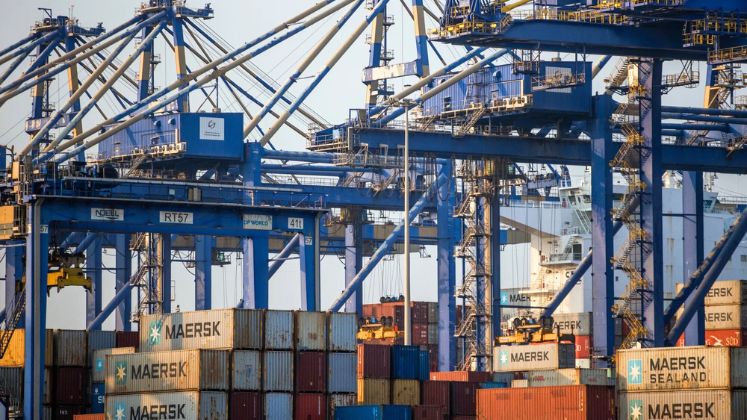
India is amenable to granting zero-duty imports of US goods in a number of industries, including those that fall under the purview of production-linked incentive (PLI) programs, said people reportedly aware of the situation.
A significant offer from India, according to officials, might speed up the proposed bilateral trade agreement (BTA) and assist reverse the 26 per cent reciprocal tariff that was imposed on India effective from 9th April.
Officials stated that strict rules of origin requiring at least 30–40 per cent value addition and a change in tariff heading would be necessary for this concession to be granted.
According to a source familiar with the talks, interministerial negotiations are taking place regarding what can be provided under the bilateral trade agreement with the United States. Zero-for-zero tariffs will be advantageous for these industries.
Strict origin regulations would prohibit third-country items from entering India through the US with minimal or no charges.
Departments and ministries have also asked business for input on lowering tariffs in particular industries. Export bodies and other sector advocacy groups have urged the government to speed up the first phase of the BTA negotiations, which are expected to be completed in six months.
India wants the BTA to be finalised by the autumn of 2025 and is eager to move forward with it. It was revealed during discussions between US President Donald Trump and Prime Minister Narendra Modi during the former’s February visit to the US.
By 2030, both parties want two-way commerce to more than treble to $500 billion.
With an investment of Rs 1.97 lakh crore, the PLI scheme currently includes 14 industries, including telecom, white goods, mobile phones, drones, textiles, cars, speciality steel and medicines.
Local manufacturers in a number of these industries, according to officials, can tolerate zero import taxes. According to one official, duty breaks could be granted for goods whose labour costs are lower in India.
In order to prevent third-country commodities from passing via India, the US is likewise interested in strict value addition regulations. A greater degree of value addition might be investigated in some industries. In order to ensure significant change, the majority of trade accords, including the free trade agreements that India has signed, require a value addition of roughly 35 per cent with a change in tariff heading at the four-digit level.






